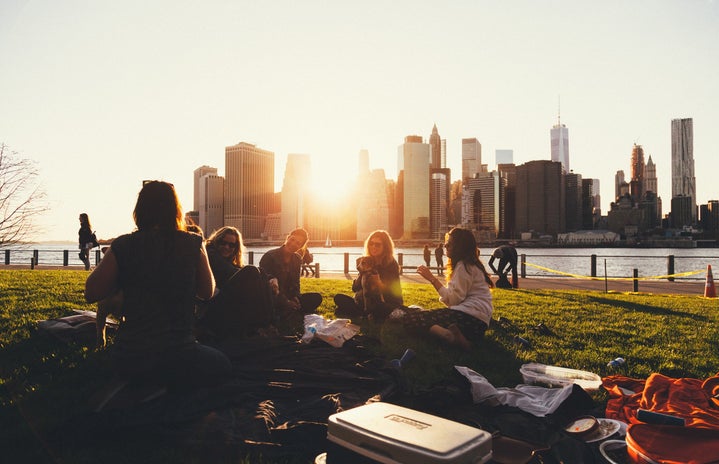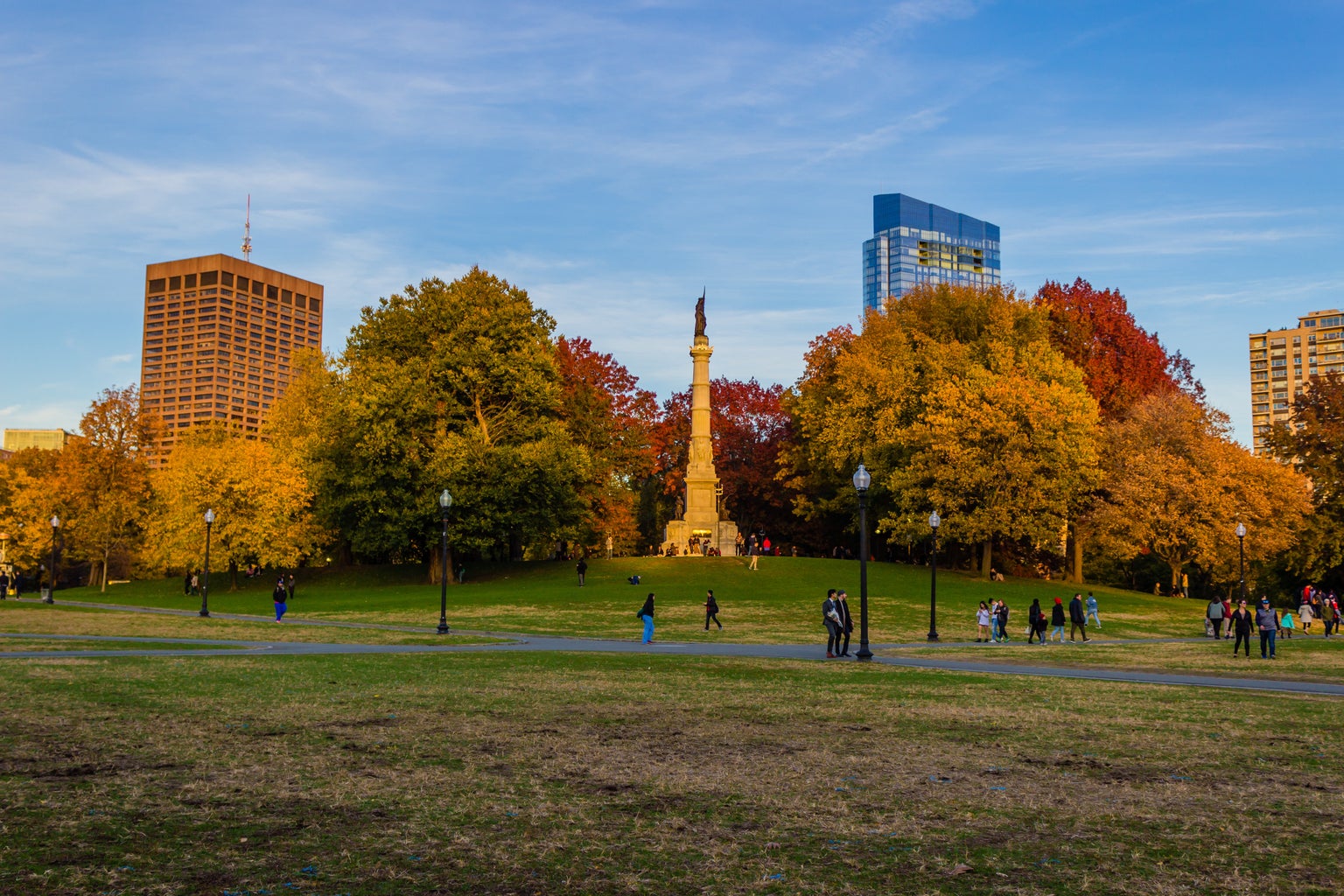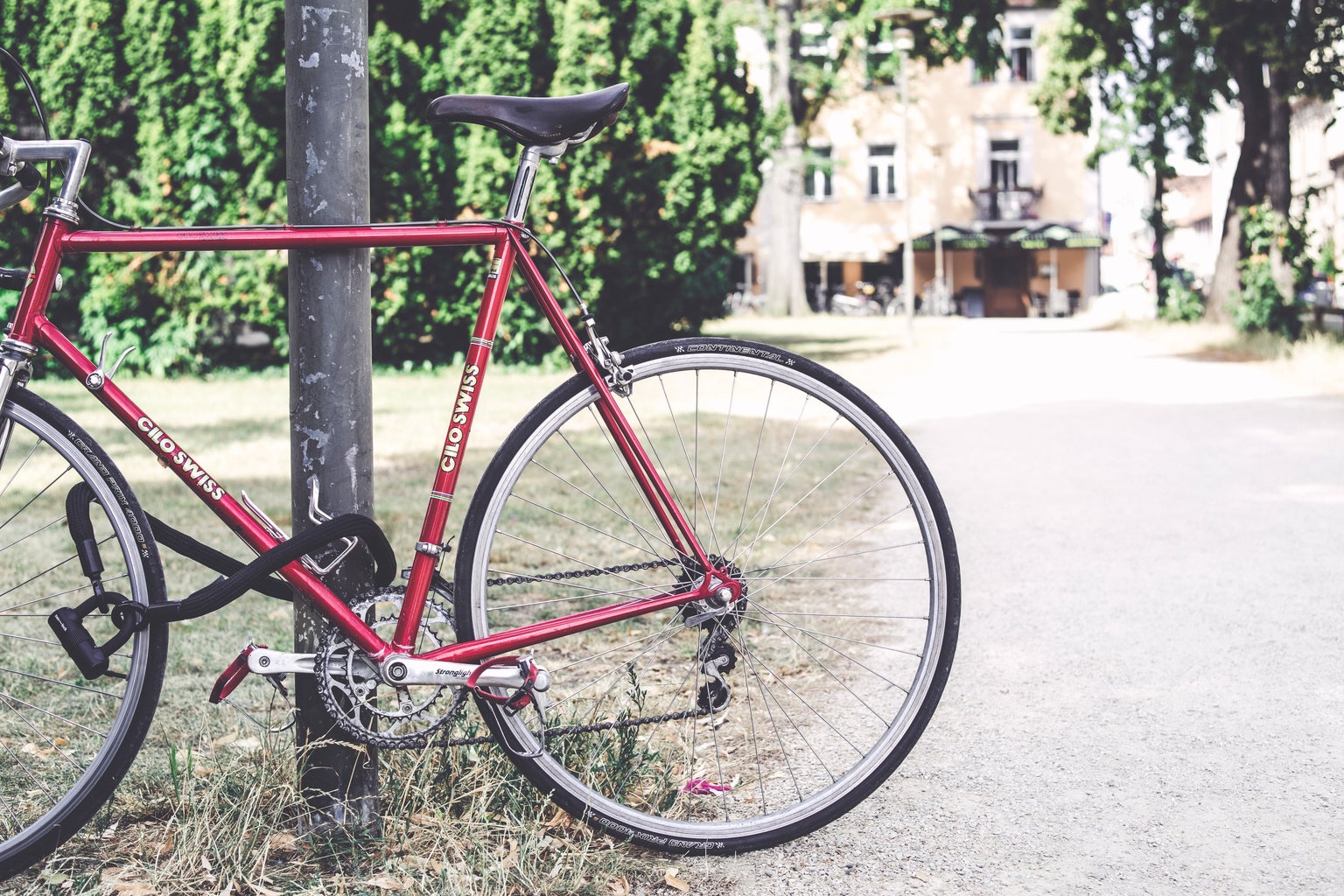The design of our cities plays a deciding role in how we live our lives. Design affects our behaviour; the layout of different elements (parks, crosswalks, bike lanes, grocery stores, etc.) influences how we commute and fill our days. In cities, where mental health problems are on the rise due to loneliness, stress, over-stimulation, and just the overall busy lives that city life brings, it’s important to design our cities in a way that is most conducive to happiness. One of the best ways to boost happiness is to design them for people. This may seem obvious but much of the United States and Canada fall short in this domain, designing the cities for cars instead.
A walkable city is one in which pedestrians are prioritized as opposed to cars. This makes communities more environmentally friendly as well as socially and economically lively. One of the key elements of a walkable city is a balance between modes of transportation, with an emphasis on safety. Having different modes of transportation readily accessible, ranging from public transportation to bikes and sidewalks, encourages pedestrian activity. It is also important that these different modes are able to exist collectively, which means that pedestrians must be protected from cars and bikes, and bikes must have the space necessary to feel safe from traffic. Whether cities are designed for people or cars decides whether people can be active and who has access to what facilities. Walkable cities mean that people are likely to be walking and engaging in everyday physical activity. Walking is also the most affordable mode of transportation; having important facilities like grocery stores and schools accessible via sidewalks, bike lanes, and public transportation means more people have the choice and freedom to move around and access the resources they need.
Why are Canada and the United States less likely to have walkable cities? When my family took a trip to Italy, I was astounded by how pedestrians dominated the streets. I fell in love with the way you could be in squares with no cars in sight, which got me thinking about why they were designed this way. Considering the United States and Canada’s relative youth as countries, many of the major cities were designed around cars. In contrast, the cities that I had the opportunity to visit in Italy were built long before cars were seen on the roads.
I’m currently lucky enough to be on exchange in Edinburgh, Scotland. I walk everywhere and as a person living here under the age of 22, I have access to free public bus rides with a card you can apply to have sent to you. Walking around here doesn’t feel like a chore; there aren’t wide swaths of land within the city boundaries that can’t be accessed without a car. I simply do so much more walking here and with places that may be a bit far by foot, I know I could get there via public transport. In short, not having access to a car isn’t limiting my access to the city of Edinburgh.
While it isn’t feasible to completely redesign Canadian cities, I hope that future projects focus more on making them pedestrian friendly. For example, Montreal has fantastic bike infrastructure; there are entirely separate lanes that have a clear and defined divide from the car lanes, making biking a more popular choice than it is in Toronto. Bikers don’t have to worry as much about being hit by a car and as such, more people feel compelled to use the popular city bikes to get around. They even have their own traffic lights at some intersections.
Future projects can also focus on connecting different parts of the city via public transportation and ensuring that different communities have access to important resources. This would combat the issue of food deserts. Food deserts are areas where people have no access to healthy food sources, a large issue when it comes to malnutrition and in the long run, the development of complex health issues.
An investment in protecting and expanding greenspace is also critical. This doesn’t just mean having isolated areas of greenery, it means infusing urban areas with nature, bringing greenery to the city. Picture city streets lined with trees, urban parks that go beyond a swing set and slide, continued investment and protection of walking trails and urban forests, and more. Elements that combine city life with nature allow for urban wildlife to thrive alongside people. This is as opposed to urban sprawl continuing to push greenery and essential elements of our ecosystems into smaller and smaller isolated areas.
Walkable cities are conducive to happiness; above all, they allow people to be the priority as they bring cities back to a personal scale.





